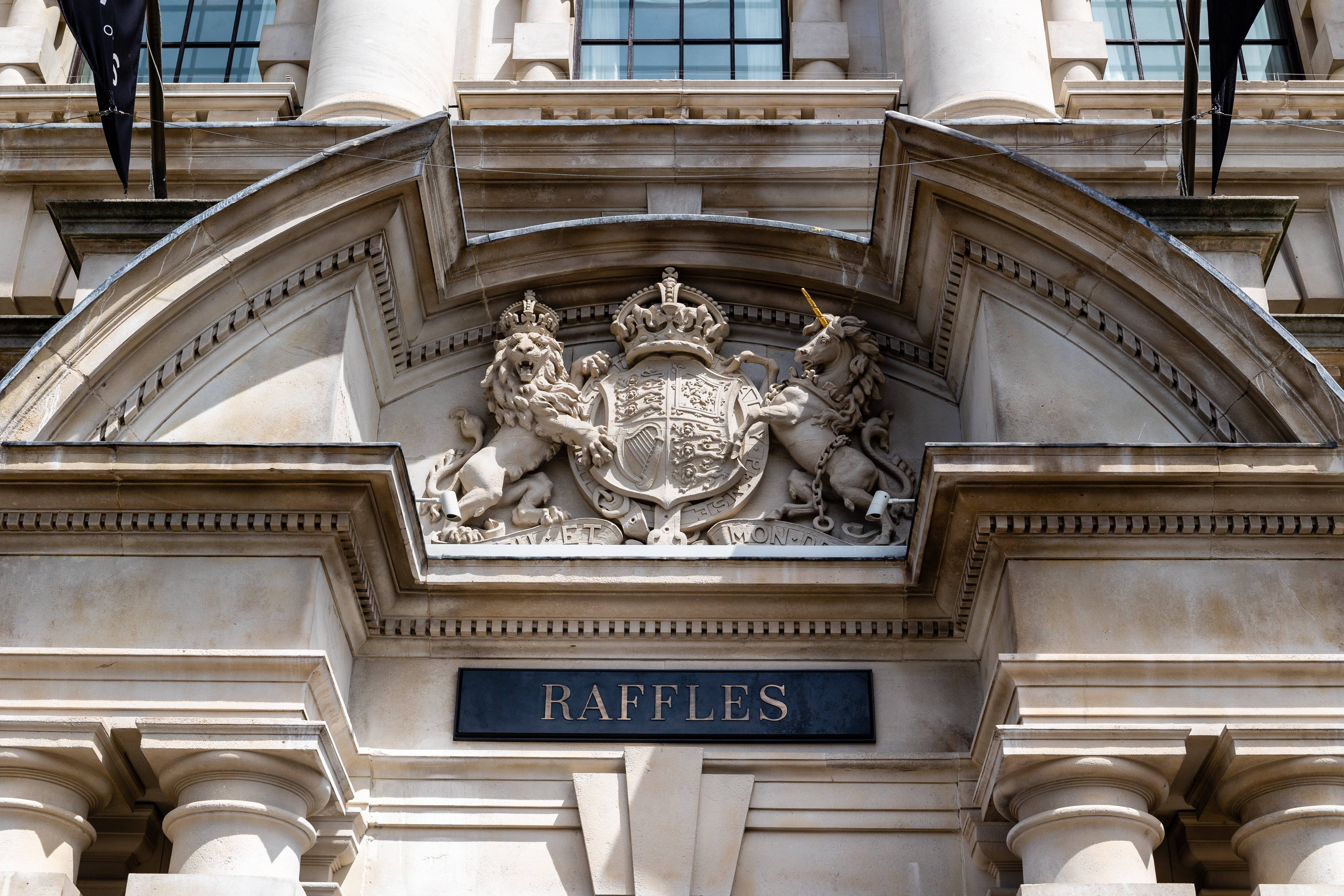London’s Secret Village – The Best Things To Do in Hampstead
Leafy green streets and elevated living standards are large contributions to Hampstead’s reputation as one of London’s more quietly glamorous neighbourhoods. Cobbled lanes and ivy-draped terraces merge with intriguing heritage and green expanses that stretch for miles across the area. Just four miles from the centre of London, it has long been a magnet for poets, philosophers, artists and bohemians.
Hampstead’s combination of village-like charm, woodland walks, and affluence makes it a refined, countryside-esque bubble within the capital. It’s a pleasant area for an alternative to the more cosmopolitan nature of London’s busy centre, ideal for whimsical days spent wandering between cafés and art galleries while enjoying spectacular views. The following recommendations for spending time in Hampstead will let you fully appreciate the neighbourhood in all its glory.

Explore Hampstead’s Ancient Heath
No park in London can match Hampstead Heath’s untamed and timeless beauty. At almost 800 acres, the Heath comprises a patchwork of meadows, woodlands, bridleways and secret corners which are ideal to ramble, reflect or enjoy beautiful sunshine at a picnic during summer, spending hours and hours out in nature.
Parliament Hill is famous for its panoramic views across the capital, attracting early risers, photographers and yoga enthusiasts who are drawn to its spectacular sunrises. From there, paths twist into denser woodland, allowing visitors to feel utterly detached from the concrete jungle. Grassy clearings open out into gorse and ferns, then narrow again into shaded glades. A walk around this ancient centre of natural beauty is among the finest in all of London.
Also Read: Best Sunday Roast Hampstead
Visit Kenwood House
Tucked into the northern edge of the Heath, Kenwood House is a neoclassical mansion surrounded by manicured gardens and woodland walks. Dating back to the 17th century, Kenwood is bursting with elegant period features – from the creamy façade with its pillared portico to the stylish interiors with its pastel walls and sweeping arches. The gardens blend seamlessly into the Heath, punctuated by sculptures and soft lawns that are ideal for picnicking or lounging during warm summer days.
Today, Kenwood House is managed by English Heritage and is free to enter for the public, allowing visitors to admire the incredible private art collection. The most prominent pieces featured are works by Rembrandt, Vermeer, Turner and Gainsborough. The property is a great attraction for art and garden lovers, offering a splash of colour against the natural tones of the heath.
Also Read: Best Hampstead Art Gallery
Wild Swimming in the Hampstead Ponds
Among the Heath’s most unique attractions are the Hampstead Ponds. These spring-fed swimming spots are divided into the Men’s Pond, the Ladies’ Pond and the Mixed Pond, and are some of the last vestiges of open-water swimming in the city. Formerly used as local water reservoirs, the tradition of swimming in the ponds began sometime in the 19th century, where bathers would arrive early before taking in the water via a quick plunge, even during winter.
On warmer days, the ponds are brimming with dragonflies, darting across lily pads whilst swimmers frolic in the cool spring waters. The Ladies' and Men’s Ponds offer private bathing, in line with the tradition of their Edwardian origins, whilst the Mixed Pond, closer to the Highgate side of the Heath, opens seasonally and is accessible to all. All three have lifeguards, changing facilities and a timeless quality that’s quite unlike anything else in London.
Also Read: Hampstead Theatre London
Step Inside Keats' House
This modest Regency villa where John Keats wrote some of his most enduring poetry, is tucked away on a quiet road near the Heath, now serving as a museum and memorial to one of the Romantic movement’s brightest (and briefest) stars. Keats lived here from 1818 to 1820, during which time he wrote "Ode to a Nightingale," allegedly inspired by the singing birds in the garden.
Inside, the museum offers handwritten letters, annotated drafts, and portraits that bring Keats’ short life and his time in Hampstead into clearer focus. The property hosts all manner of literary events throughout the year, such as poetry readings and school workshops, all celebrating the works of Keats and other British romanticists. There is an enduring sense of atmosphere at the house, with both the spirit and legacy of Keats’ work echoing through every hall and corridor.
Also Read: Best Brunch in Hampstead
Explore the Mind and Life of Sigmund Freud
Sigmund Freud lived at 20 Maresfield Gardens in Hampstead for the last months of his life after fleeing Vienna in 1938 from the Nazi regime. Freud’s passing at the house – which now serves as the Freud Museum– happened a year later, and despite almost a century passing, the home remains remarkably well preserved. After the successful flight of the Freud family from Austria, Freud’s son made modifications to the property, including adding an electric lift, and the father of psychoanalysis resumed his sessions until he became too ill to continue.
The signature couch in Freud’s office, draped in Persian textiles, was the seat of many a psychoanalysis, and is one of the museum’s showpieces, along with Freud’s collection of Greek, Roman and Egyptian antiquities, whose cultures he believed offered symbolic insights into the unconscious. The museum also explores the life of his daughter, Anna Freud, a pioneering child psychoanalyst, who continued to live in the house and develop her work after her father’s passing.
Also Read: Hampstead Heath Park
Stroll along Hampstead High Street
As a cornerstone for the local community, Hampstead’s High Street and surrounding lanes offer a blend of classic and more bohemian elements to the London high street. It’s the home of many independent stores, bars and restaurants – a few of which have managed to branch out and expand across the country, such as Gail’s Bakery and its artisan pastries. Visitors may stroll along Heath Street and into Flask Walk, where antique shops and book dealers line the streets along narrow, cobbled pavements and a treasure trove for rare finds.
The Holly Bush, a creaky 18th-century pub tucked away off the main road, offers generous roasts and real ale under low exposed beams and twinkling candles, which is quintessentially rustic. The Wells Tavern near the Heath provides a more polished gastropub experience, and is a perfect stop for those in need of a belly full of modern British cuisine, after thoroughly exploring the natural expanse.
Final Thoughts
For those thinking about moving to Hampstead, the area boasts an exquisite range of property for sale, including some of the most exceptional houses in the city. With Hampstead Heath also offering some exceptional property, the area is replete with an extensive range of flats for rent, all of which are ideal for those who wish to call the area home for the foreseeable future, as well as those only in town for a short period.
Hampstead enthusiasts can point to a wide variety of things to do in the area, which is sure to influence the decision of would-be residents.



